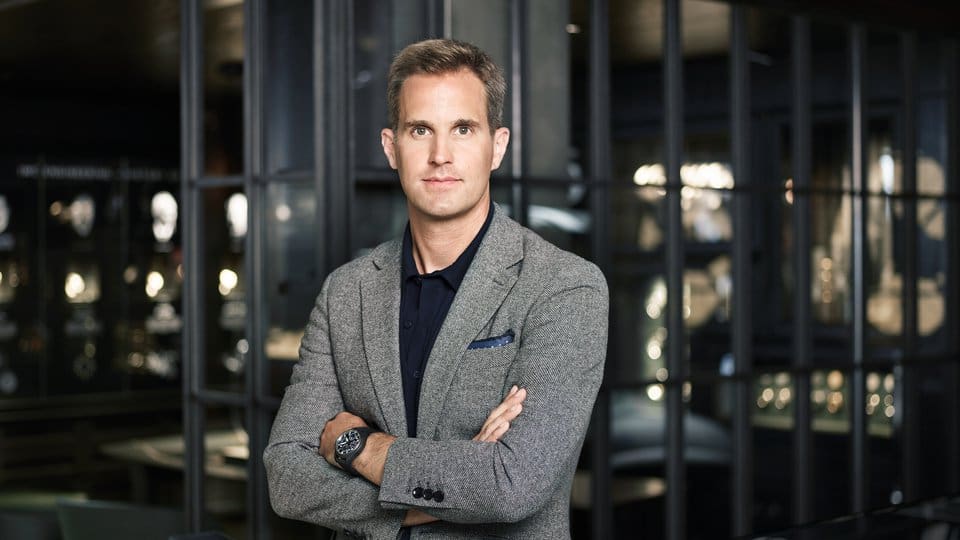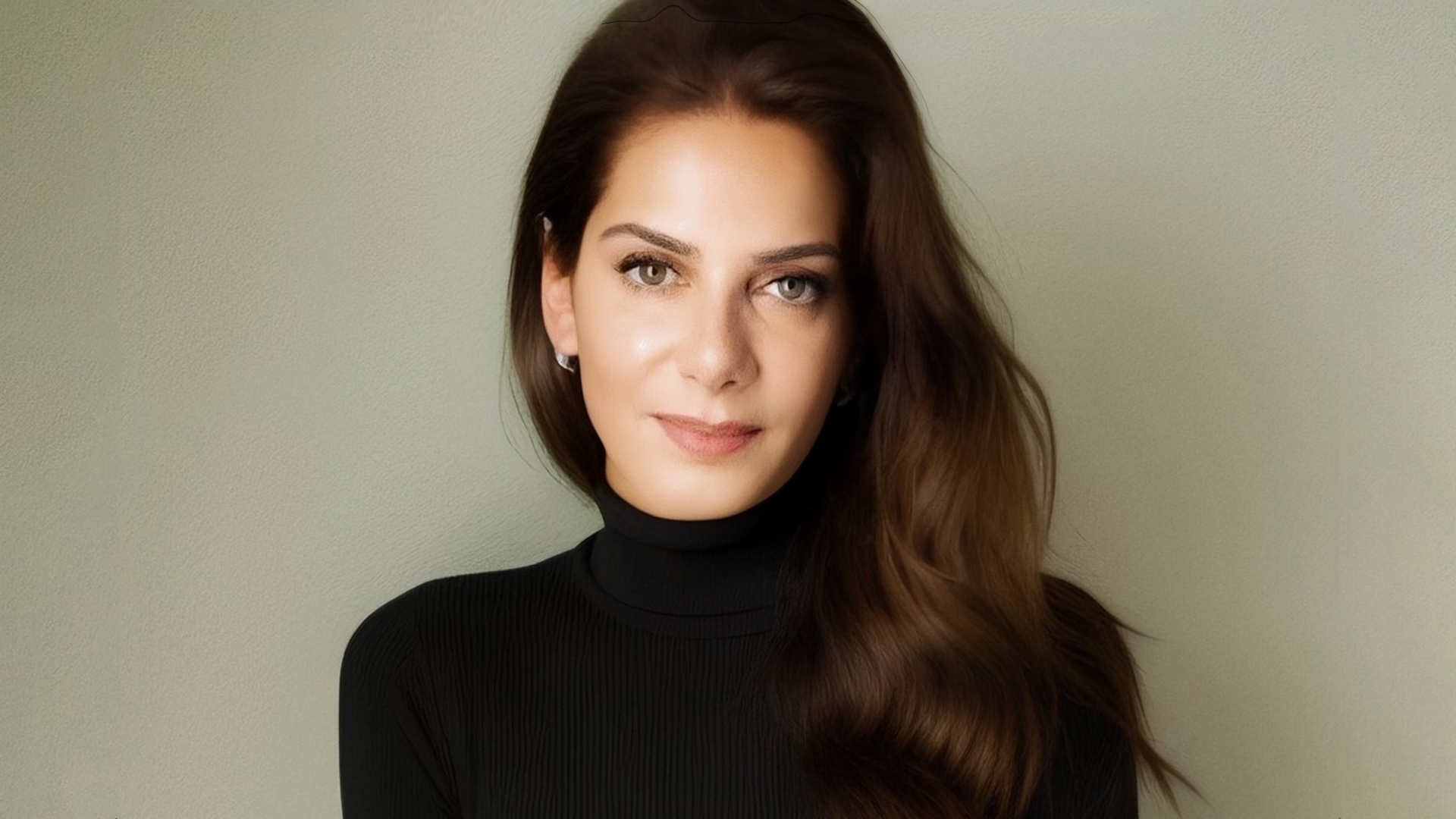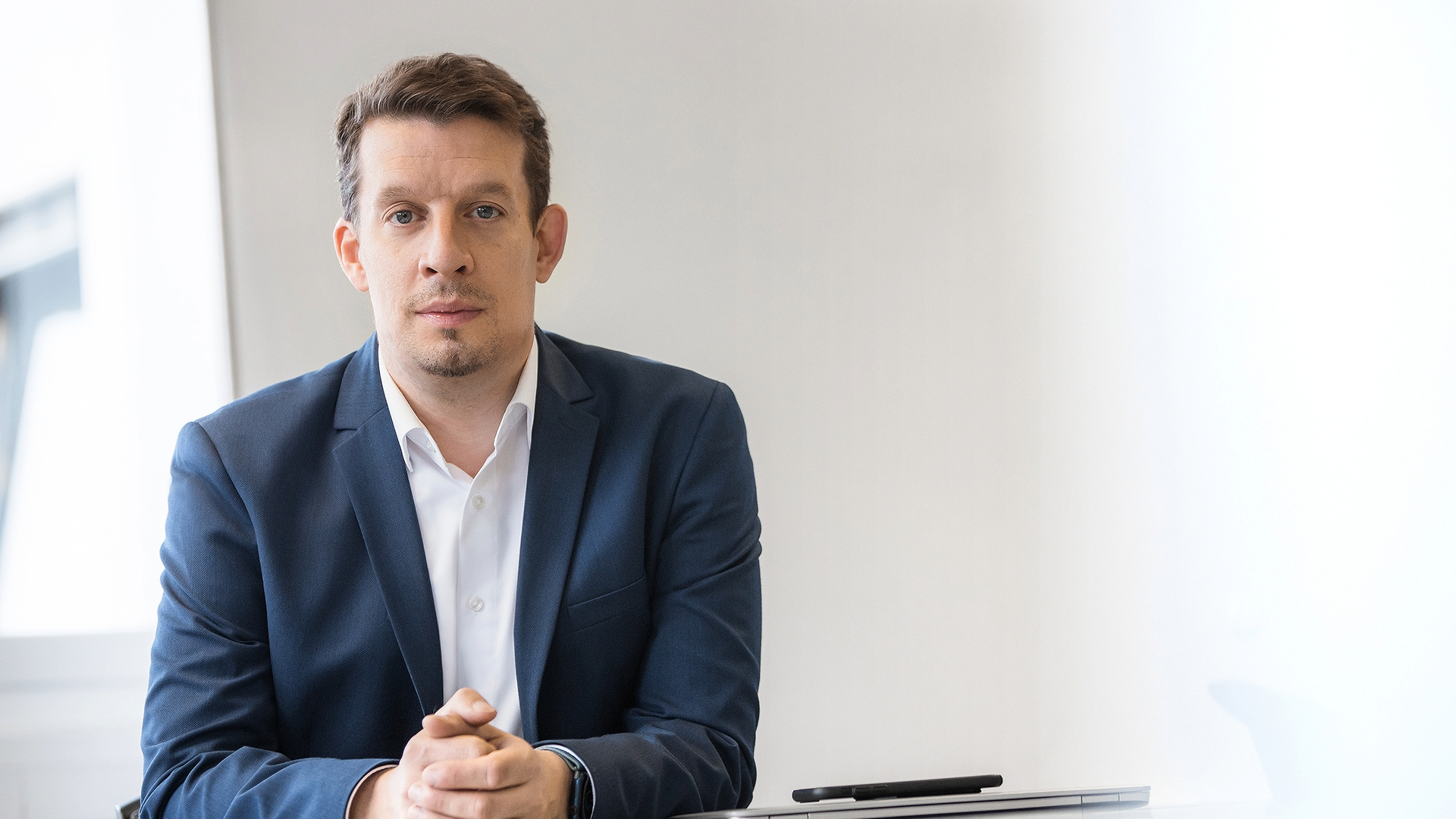More than three years into the role, IWC Schaffhausen’s Chief Executive Christopher Grainger-Herr shares his thoughts with Luxury Society on the evolution of the luxury watch market and how the company aims to further develop its digital transformation and customer journey.

More than three years into the role, IWC Schaffhausen’s Chief Executive Christopher Grainger-Herr shares his thoughts with Luxury Society on the evolution of the luxury watch market and how the company aims to further develop its digital transformation and customer journey.
Since taking over the helm at IWC, Christopher Grainger-Herr has overseen a number of changes at the luxury Swiss watchmaker, from overseeing the design of its new manufacturing centre that opened last August, to placing employee welfare and sustainability as top priorities, marking out a transformative time for the company under his leadership.
Now, with the ongoing COVID-19 crisis, he, like many others in the industry, faces some of the toughest trading conditions yet. According to figures released by the Federation of the Swiss Watch Industry, Swiss watch exports continued to decline in October and that ten months into the year, exports had fallen by a 25.8 percent – the sharpest decline ever recorded over the last 80 years.
On top of this, the wider luxury market is also suffering. In the latest luxury goods report from consultancy Bain & Company in collaboration with Fondazione Altagamma, the Italian luxury goods manufacturers' industry foundation, core personal luxury goods market contracted for the first time since 2009, falling by 23 percent to 217 billion euros, marking the largest recorded decline since Bain began tracking the industry.
The study also found that the crisis had worsened the “already critical consumption pattern shifts” in the luxury watch segment, which saw a 30 percent fall to 27 billion euros.
At a time when conditions remain so challenging, Grainger-Herr remains steadfast in his belief that IWC is well placed to handle what lies ahead. “We are currently experiencing extraordinary times,” he told Luxury Society in an interview. “Things that we have always taken for granted are suddenly questioned. Everything is in a constant state of change. In such uncertain times, people tend to question their habits. They long for constants, for people and objects that offer comfort and reassurance.”
Join Luxury Society to have more articles like this delivered directly to your inbox
“For the luxury watch industry, this means that people want safer choices,” he noted. “They are looking for established brands with strong appeal and iconic designs. IWC can offer just that. We look back on a history of more than 150 years. And with collections like the Pilot's Watches, the Portugieser or the Portofino, we have timelessly beautiful icons.”
Part of his confidence stems from the company’s digital transformation in recent years and its willingness to experiment and adapt to new situations through trialling new concepts like augmented reality and live streaming during the global lockdowns earlier this year. “The global pandemic has now accelerated the digital transformation of the industry,” said Grainger-Herr.
“When Watches & Wonders was cancelled in April, we had to rush to create a digital edition of the exhibition,” he continued. “We succeeded very well and were able to reach even more people than with a physical show. We also tried out different things and implemented new concepts. For example, we developed an augmented reality application that allows customers to try on our new Portugieser models virtually at home. We also organised a virtual cocktail party in Singapore, live streamings and a remote watchmaking class. Last but not least, we will soon begin to offer virtual tours of our manufacturing centre.”
It is this “test and evolve” mentality that Grainger-Herr is also applying to the company’s omnichannel approach. “When it comes to distribution, no one channel can cover all needs,” he said. “Every customer is different. Some customers decide to buy a watch online in five minutes while waiting for a flight at the airport. Then some visit a boutique five times, try on different models and decide to buy only after many discussions with our client advisors.”
“Every situation is different, and our distribution model must cover all these scenarios and meet every conceivable customer need,” he continued. “We see very favourable growth rates in e-commerce, and I am convinced that the digital channel will continue to grow in importance in the luxury industry. However, this does not mean that you can be successful without a strong physical presence. For this reason, we are also investing in flagship boutiques around the world.”

In September, the company opened up a more immersive concept store in Zurich, aimed at highlighting its close history with motorsports as well as giving a glimpse into how it plans to shape its physical store experience in the future. The IWC Racing Works boutique features memorabilia, a virtual reality driving experience through the Swiss Alps and a live link to its manufacturing centre in Schaffhausen.
His wider goal is the ensure the company’s customer experience is as seamless as possible and ensure the brand is established as one of the top players in the luxury watch market. “My goal is to establish IWC as one of the top players in the luxury watch market,” he said. “I think the biggest challenge is to create a consistent and, above all, high-quality customer journey across all touch points with the brand.”
“Whether a customer is visiting a boutique or is being shown a new model by one of our retail partners, whether someone is inspired by Instagram or researching on our website, whether you are shopping on IWC.com or any other platform on the Internet such as Mr Porter or in our Tmall flagship boutique: we want our customers to ‘sense’ that they are at IWC every time they visit us – which is why it is so essential that we provide a consistent experience across all channels and touchpoints with the brand.”
The company continues to look towards its online channels and its key markets for growth, Grainger-Herr noted. “There are several drivers of growth. One is digital transformation,” he said. “The speed of change, which was accelerated even further by the pandemic, is incredibly high. The increasing importance of China also drives this transformation. While it is perhaps still somewhat unusual for European consumers to buy a luxury product on the Internet, it is perfectly normal to do so for Chinese customers.”
“One of the strengths of IWC is our well-balanced presence in key markets across the globe,” he added. “We have a dense network of IWC Boutiques and retail partners in Asia, in the Americas and Europe. We are pleased with the way all these markets are evolving.”
Sustainability will also play a key part of IWC’s strategy going forward. “I am convinced that sustainability is becoming increasingly important,” he said. “We are continually working to improve the sustainability of our sourcing, production and distribution – in many small steps, about which we inform transparently in our sustainability report every two years. I am convinced that this commitment to responsible manufacturing will be a growth driver for our brand in the future, as consumers have much higher expectations today when it comes to sustainability and a responsible production than before.”
The company has been manufacturing mechanical watches for the past 150 years at its base in Schaffhausen in the heart of Europe. "The river Rhine provided the original energy for this business, and we still draw our power from a hydropower plant." added Grainger-Herr. "The only energy that goes into our watches is the natural movement energy on the wearer's wrist. The mechanical watches we produce in Schaffhausen with centuries-old skills and cutting-edge technology are built to last for generations. All this makes them extremely durable and, therefore, intrinsically sustainable.”










